Using the Entire Chicken
Traditionally, in order to eat chicken a person would take an entire chicken that had lived in their yard or farm and kill it. They wouldn’t have just cut off a breast and left the rest. The chicken would have eaten grubs from the ground, weeds, grass, seeds, and insects. It had the freedom to move about the yard and farm without having to step on its own feces. When the owner was ready to eat the chicken, the chicken would have been killed by removing their heads and it would have been prepared to be eaten. The entire chicken was then used for food.
Eat Traditional Chickens
Today, chickens are raised in massive factory farms. The chickens are shoved together into a small space, where they step in each others feces, cannot stretch their wings, or even go for a walk. They lead stressed lives in extreme captivity. Some of these birds will not live long enough to become a meal. They are systematically and brutally herded into trucks then taken to slaughter houses. They are then slaughtered, plucked, the necks are removed, the feet removed, and their insides are gutted. The entire chicken will not be used by a family. Each of the pieces end up in a different place. Most families will never use the chicken feet (that are a great source of gelatin), the chicken livers (that are a great source of iron and Vitamin A, all the Vitamin Bs, and folic acid), or the chicken bones (that have vitamins and minerals that are perfect for growing families).
What nutritional value is actually still intact within a boneless skinless chicken breast that comes from a factory raised chicken?
What effect do the stress hormones have on the chickens raised in restricted captivity that never get the benefit of the light of day?
At Boholistic Mom, we want to return to eating traditional chickens as well as returning to the traditional chicken preparation methods. We want to use the entire chicken to value the investment made by good farmers recognizing that each part of the chicken holds a valuable source of nutrition. The skin, the livers, the organ meats, the feet, the bones, every single part of the chicken can be used to nutritionally supply our families. Care to explore?
Step 1: Roasting the Chicken
The first step to using an entire chicken begins with the main chicken body. If you have a chicken with it’s feet attached, remove the feet. You should have a neckless and footless chicken to begin this recipe.
Ingredients
1 Whole Chicken, pasture raised
3-4 Medium Potatoes or 1-2 Sweet Potatoes
1 1/2 tablespoons of Olive Oil
2 tablespoons of Butter from Pasture Raised Cows, softened
1 teaspoon of Rosemary, dried or 2 sprigs of Rosemary, fresh
1 Clove of Garlic
Sea Salt and Fresh Pepper
Preparation
If you desire, brine your chicken overnight in salt. When you are prepared to begin your recipe, begin by setting your oven temperature to 500 degrees Fahrenheit and move your oven shelf to the lowest level. Next, mix your butter with the rosemary, garlic, and a dash of salt and pepper and save for later. Slice your potatoes into rounds that are about 1/4 an inch thick. Toss your potatoes in 1 tablespoon of olive oil, a dash of salt and pepper. Place the potatoes in the bottom of a glass 9″ by 11″ pan. Pull your chicken out of the brine (if you chose to brine the chicken) and using kitchen shears remove the backbone from your chicken. Keep your backbone and any extra giblets in the refrigerator for a later recipe. Spread the chicken out and flatten as much as possible by pressing on the top of the chicken down, this will help the chicken to cook more evenly. Take your rosemary garlic butter and slide it between the skin and the chicken. Be sure to apply the mixture above the thighs, drumsticks and the full breast area. Place your chicken on top of the potatoes in the glass pan. Take the remaining 1/2 tablespoon of olive oil and rub it into the skin of the chicken (add a pinch of salt of desired). Finally, place your chicken and potatoes into the oven.
Cooking
Roast your chicken for 20 minutes then rotate your pan in the oven and cook for another 20 to 25 minutes longer. Your chicken breast should read 160 on a meat thermometer. Remove the chicken from the oven and let it rest while you remove the potatoes from the pan.
Eating
Enjoy the entire recipe including the skin from this recipe. The healthy fats from the chicken and the skin actually help you absorb the vitamins and minerals from your meal. As a side dish, add some leafy greens or another vegetable to this meal; your body will have everything it needs to process the nutrients that your body is consuming. If you have extra meat from your roast, check out Step 2: Using the Chicken Meat.
Step 2: Using the Chicken Meat
Picking the chicken is essential for utilizing every piece of meat, cartilage, and bone. In Step 2 we will use the meat and save the cartilage and bone for the following step. Try one of the below recipes to use your leftover chicken meat to create an extra meal.
Simple Chicken Curry – Boholistic Mom
Amy’s Favorite Chicken Salad – Real Food Whole Health
Easy Avocado Chicken Salad – Real Food Enthusiast
Step 3: Using the Chicken Bones
Making a broth from the bones and other left over parts of the chicken is extremely beneficial and easy way to adding minerals, vitamins, and nutrients to other recipes. Spend a little time letting a pot boil, then you can use the broth to make curries, soups, and even to boil vegetables.
Ingredients
1 Whole Chicken’s Bones with as many parts as you can get including necks, gizzards, livers, feet, etc. (preferably an organic, free range farm raised chicken)
1/4 cup Organic Raw Apple Cider Vinegar
Water (enough to cover chicken)
1 Large Onion, chopped
2-6 Carrots, chopped
3-6 Celery Stalks, chopped (fennel stalks will also work)
2 Bay Leaves
Parsley
Cooking
Depending on the size of your stock pot either stick the entire chicken carcass in the stock pot and cover with water or break into pieces and submerge. Add the vinegar and leave it soaking for an hour. After soaking, bring the bones and parts to a boil and remove the scum that rises to the top with a spoon. Lower to a simmer and continue to cook covered 6 to 8 hours, the longer the better. 2 – 3 hours before completing your stock add the onion, carrots, and celery to your broth. Add the parsley 1- to 15 minutes before finishing the broth.
Strain the broth into a large bowl. The bones should be brittle at this point. Consider eating the vegetables or using them in another dish.
If the chicken is pasture fed and farm raised (and you use plenty of chicken feet, gizzards, and necks) your stock will actually congeal when placed in the refrigerator. This is due to the natural gelatin procured from the bones and cartilage. If you need the chicken fat (or schmalz) for another recipe, skim off the top portion of the broth to attain the fat. Drink the broth for a healthy snack or use in recipes to increase the nutrients in other recipes. You can also freeze the broth to save for recipes and for times of sickness.
Step 4: Using the Chicken Broth
- Drink the broth.
- Boil vegetables in the broth.
- Make a soup or stew with the broth.
Decadent Beef Stew – Musings of a Housewife
Note: The flour and lard are unnecessary for this recipe, simply brown the meat in the bottom of the pan
Roasted Carrot and Mushroom Soup – Homemade Mommy
Note: Feel free to replace the dairy free sour cream with raw heavy cream
Learn More
Further Information on Factory Raised Chickens
mspca – Chickens on the Factory Farm
Further Information on Raising Your Own Chickens
Weston A. Price Foundation – Eat Your Eggs and Have Your Chickens Too
Further Information on Roast Chicken
Sarah Wilson – My Crispy Roast Chicken
Further Information on the Benefits of Real Homemade Chicken Stock
Kitchen Stewardship – Health and Nutrition Benefits of Real Homemade Chicken Stock
Traditional Foods – Bone Broth: 12 Days of Gelatin
Nourished Kitchen – Traditional Foods 101: Bone Broth, Broth & Stocks





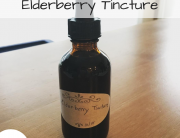


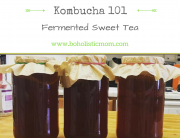





















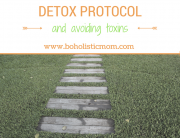


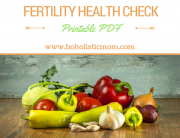


















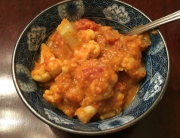
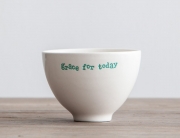

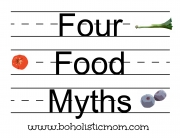

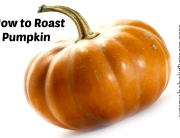















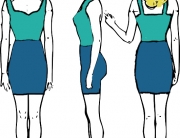


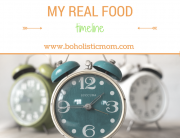

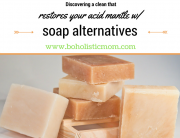




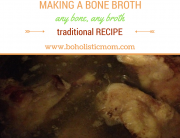

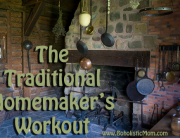

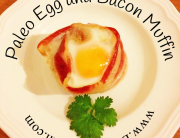
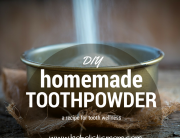



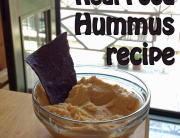












[…] Using the Entire Chicken […]